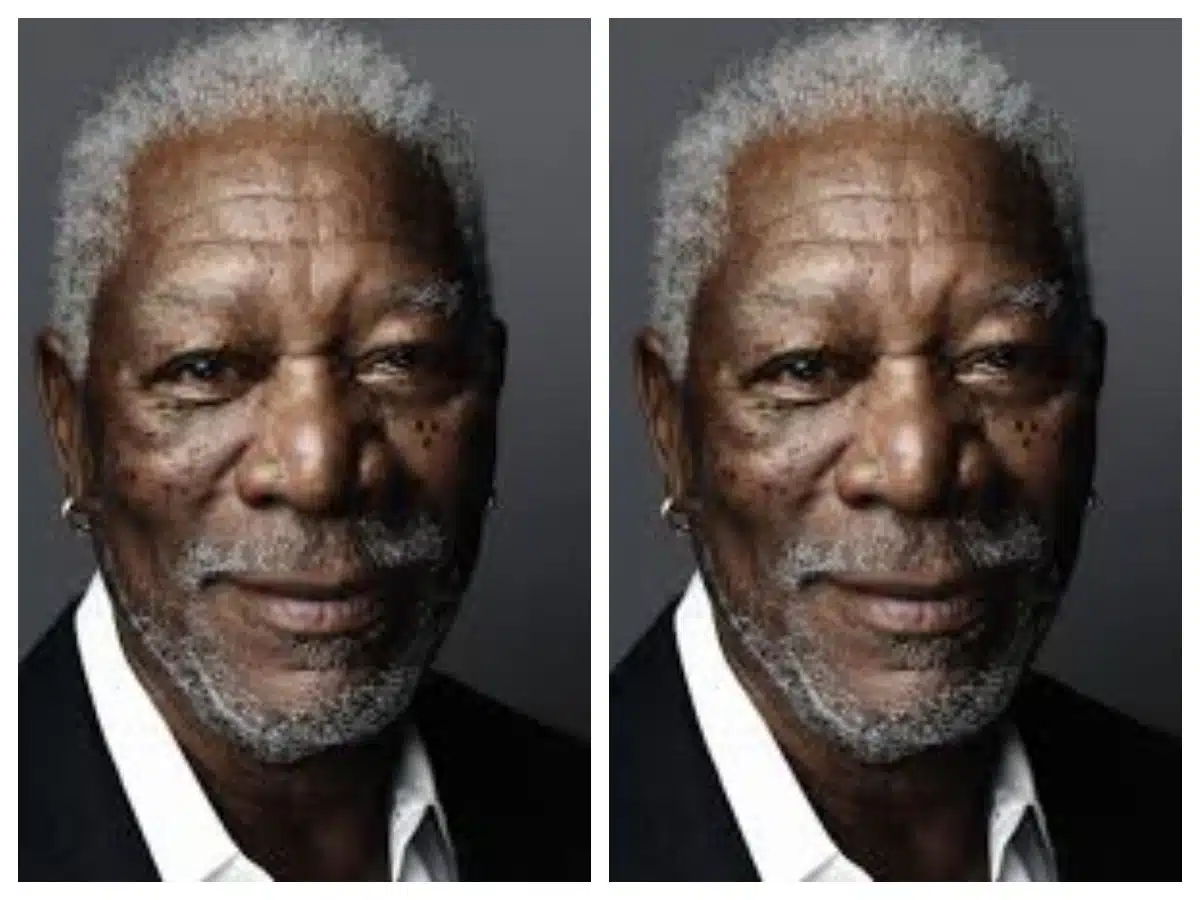New York City is little Puerto Rico because Puerto Ricans have a long-standing intertwined history with The Big Apple. The city of immigrants is host to the largest Puerto Rican population in the world although there are many others spread in different cities all over the world.
The over eight million people from different ethnicities add to the rich cultural heritage of one of the world’s busiest cosmopolitan cities.
The Great Migration of Puerto Ricans to New York occurred in the 19th century. The Island nation was once under Spanish rule and then it fell under American dominion after the Spanish-American war when the second wave of migration occurred facilitated by the introduction of air travel.
In 1917, Congress awarded American citizenship to Puerto Ricans through the Jones-Shafroth Act giving them certain rights and privileges like serving in the US military and a new opportunity for immigration. Puerto Ricans could move freely from Puerto Rico to America and vice versa.
New York is a mosaic of Latin American Cultures. Initially, Puerto Ricans were consigned to the barrios in East Harlem and The Bronx which was later referred to as Spanish Harlem on the outskirts of the city.
They quickly found a way to imprint themselves in the city and began making strides just like the locals. There are different types of Puerto Ricans in New York; there are the immigrants, migrants, and then the natives.
The established themselves and their bustling cultural life poured through and they took up sports like boxing and baseball introduced by the American soldiers after the war.
They could run for local office. Tony Méndez, who was the first native-born Puerto Rican, was made mayor of a major political party in New York City and led the eastern section of the district, known as the 14th Assembly District.
Mendez founded the Puerto Rican Day parade four years after he took office which is still celebrated today. The first was held on April 13, 1958, in Manhattan when the migrants marched through the streets.
An empowered group of Puerto Ricans saw their numbers increase in The Big Apple. The period between 1970 and 1990 can be said to be the height of the migration period, which saw a decline after 1990.
At its peak, Puerto Ricans made up 12% of New York’s entire population and nearly 80% of the Hispanic population.
A New York Times report in 2000, Puerto Rican Presence Wanes in New York, revealed that “the number of Puerto Ricans in the United States has grown over the last decade or more, up from 2.7 million in 1990 to 3.1 million, according to the Census Bureau’s latest count in 1997.
“But in New York City, the Puerto Rican population fell by more than 96,000 residents in roughly the same period, to 800,000 in 1998.”
In the 2013 census, there were 1,103,067 Puerto Ricans living in New York State. The decline was attributed to their dispersion to other states and the influx of other Latin countries in what is referred to as “Hispanization” or “Latinization” of New York City. The number of Dominicans, Mexicans, and South Americans increased, reducing the number of people of Puerto Rican origin.
The Nuyorican (a hybrid of the terms New York and Puerto Rican) Movement marked an instrumental cultural revolution in the lives of Puerto Ricans in New York. It was founded by Jesús Colón to fortify Puerto Rican migrants and to bring to bear the issues they faced.
This movement then became a local trend out of which it was common to see many Puerto Ricans identifying with the term Nuyorican even as they thrived in New York.
Now, there are a significant number of Puerto Ricans in all five boroughs of the state and they continue to contribute their quota to the development and growth of New York like all migrant groups. Their influence is seen in the music, entertainment, arts, and other industries.
If there is a group of people that takes pride in its identity, then Puerto Ricans make the top of the list. The flying high of the Puerto Rican flag in the city is a form of solidarity among Nuyoricans.
It is a “symbolic rejection of U.S. American identity and reaffirmation of Puerto Rican identity,” a way to express their autonomy and to remind themselves of their ever-present Latino spirit.










